9 Birds That Sing at Night
Listen to their eerily beautiful songs.
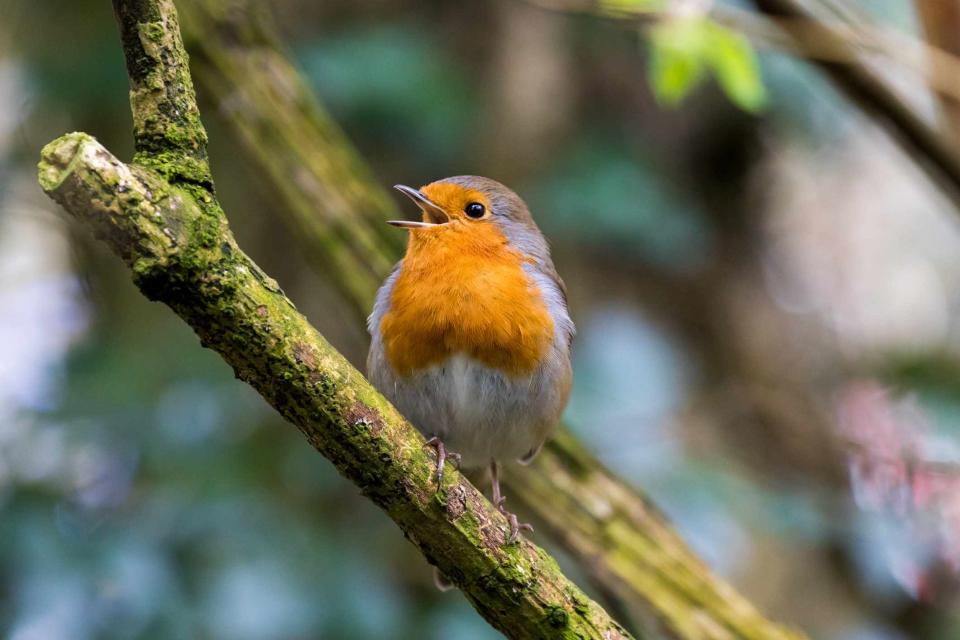
Will Dale / Getty Images
Owls are famous for their late-night hootenannies, but they aren't the only ones crooning by moonlight. Ecosystems around the planet host a surprising variety of night birds—from nightingales and mockingbirds to corncrakes, potoos, and whip-poor-wills—whose voices can be as haunting (or exciting) as any owl hoot.
Their after-dark arias are staples in nature's dusk-to-dawn soundtrack. They are rarely seen but often heard, which makes those with large and diverse repertoires difficult to identify.
Read on about these birds and their beautiful-if-eerie songs so that next time a hidden minstrel bewitches you, you might just know the artist.
Understanding the behaviors of birds is key to protecting their biodiversity and habitat conservation. We hope that the more we learn about amazing species like the ones on this list, the more motivated we’ll all be to help support bird populations.
Northern Mockingbird
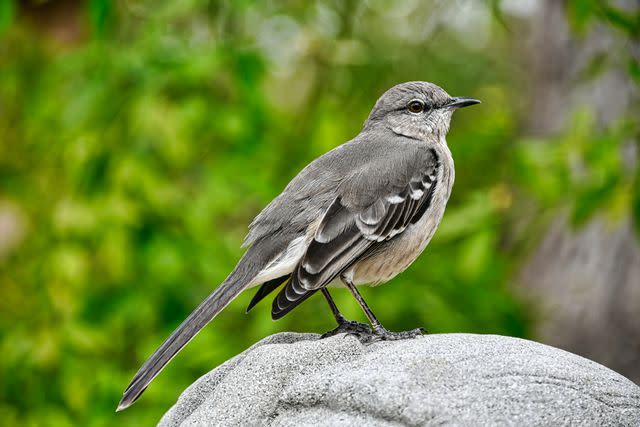
Aminda Jayasundara / 500px / Getty Images
At night, northern mockingbirds (Mimus polyglottos') sound like a full-blown chorus. This medium-sized songbird normally imitates fellow birds—jays, orioles, hawks—but sometimes even echoes frogs' croaks, creaky doors, and car alarms.
Mockingbirds can learn 200 songs their lives. Both sexes sing, but males are often more conspicuous and will arrange their songs into seasonal set lists for fall or spring. While they aren't exactly nocturnal, unpaired males may sing 24 hours a day in the breeding season—spring to early summer—especially during a full moon.
Unlike many night singers, northern mockingbirds are not shy and will perch out in the open. They're easy to identify by their long tails and white wing patches.
Common Nightingale
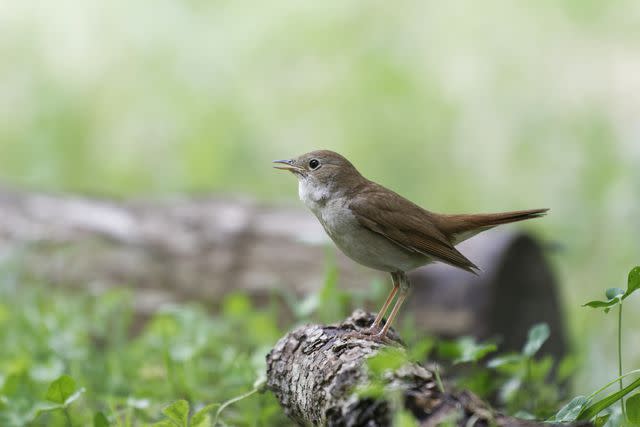
mauribo / Getty Images
Nightingale (Luscinia megarhynchos) songs are flutelike, comprising rich notes blended into robust ballads. The species breeds between April and July across North Africa, Europe, the Middle East, and Central Asia, then migrates to tropical parts of Africa for winter.
Common nightingales are famously shy and tend to sing from the safety of dense bushes or thickets. Only males sing—more than 200 songs, to boot—hoping to woo a mate.
Common nightingales were once common in Britain, but numbers fell 53% between 1995 and 2008, the main problem being habitat loss. They're still abundant elsewhere, though, with as many as 31 million adults in Europe and 81 million across the Old World.
Eastern Whip-Poor-Will
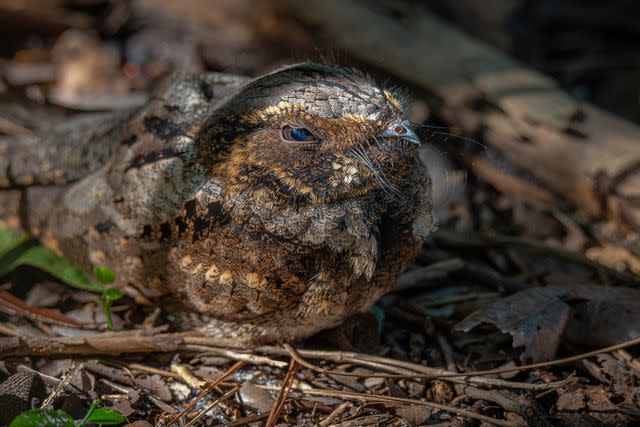
ad-e-motion / Getty Images
For anyone who's heard the eastern whip-poor-will's (Antrostomus vociferus') soulful song flowing through a forest, it's little wonder why this bird is often represented as a mascot of summer nights in music, film, and literature.
During spring and summer, whip-poor-wills breed in deciduous or mixed forests across the Eastern U.S. and Southern Canada. They covertly sleep on the ground by day, where their plumage blends in with leaf litter, then venture out to eat insects at twilight and on moonlit nights. The name is onomatopoeia (vaguely) for their call, which males sometimes repeat for hours in breeding season.
"The song may seem to go on endlessly," says the Audubon Society, which notes that "a patient observer once counted 1,088 whip-poor-wills given rapidly without a break."
Great Potoo
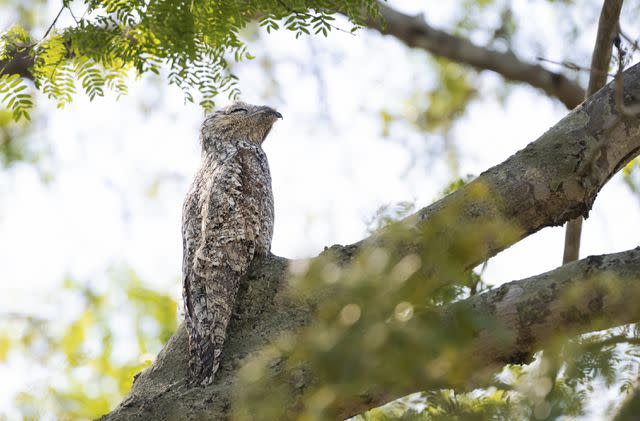
Nyctibius grandis / Getty Images
In tropical forests from Southeastern Mexico to Bolivia, the still of night is periodically broken by a slow, guttural groan, sort of like an angry cat. This is the call of a great potoo (Nyctibius grandis), one of seven potoo species, all nocturnal insect-eaters from the neotropics. The birds hide in trees by day, using impressive camouflage to mimic broken branches.
The great potoo vocalizes mainly on moonlit nights, producing a "fairly loud, gruff BUAAaa" at well-spaced intervals, says zoologist Steven Hilty in the book "Birds of Venezuela." This brief call may not be a "song" in the technical sense, but it's still a unique example of how eerily enchanting night birds can be.
European Robin
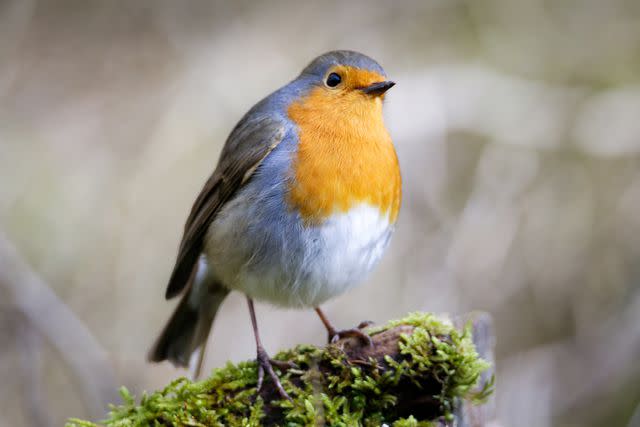
Santiago Urquijo / Getty Images
European robins (Erithacus rubecula) tend to hold a territory and keep singing there year-round. They aren't naturally nocturnal, but they are well-adapted to twilight, so they also tend to be the first birds singing at dawn and the last to stop after dusk.
"The robin is the most common night-time songster in Britain's towns and gardens," writes The Royal Society for the Protection of Birds, noting that insomniac robins in the U.K. are commonly mistaken for nightingales. Similar night-singing has also been reported in other non-nocturnal species such as blackbirds, but it seems especially prevalent among European robins.
Because their timing is based largely on light levels, robins can be easily fooled by electric lights, and constant singing comes with the consequence of overexertion. Reducing light pollution may help, although research has found daytime city noise can also drive robins to sing at night.
Great Reed Warbler
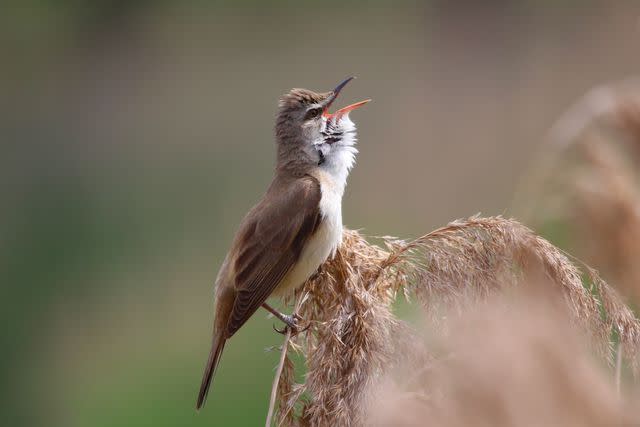
Kiril Pamporov / Getty Images
Many reed and sedge warblers "sing extensively during the night" in the breeding season, the RSPB writes, referring to an array of species in the genus Acrocephalus. These small, insect-eating songbirds range from Western Europe and Africa across Asia and Oceania, and some live as far east as Hawaii and Kiribati.
One widespread species, the great reed warbler (Acrocephalus arundinaceus), breeds throughout mainland Europe and Asia during spring and summer, then migrates to sub-Saharan Africa for winter. Males attract females with a powerful song that lasts anywhere from 20 seconds to 20 minutes nonstop, and can be heard up to about 1,500 feet away.
Black-Crowned Night Heron
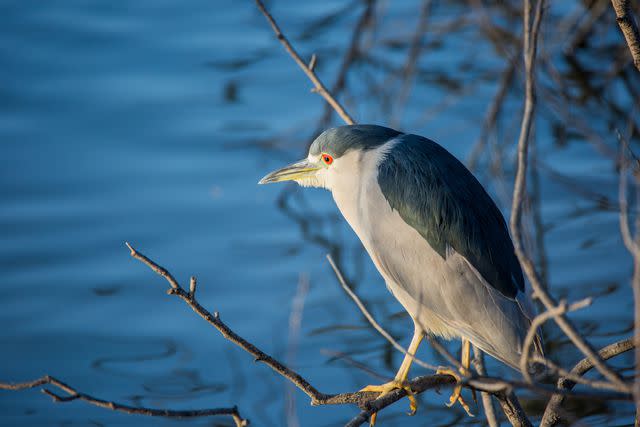
gary gao / 500px / Getty Images
Herons inhabit every continent but Antarctica, typically hunting small aquatic animals near wetlands or water sources. At least 65 species are recognized worldwide, some of which have good enough night vision to keep hunting after sunset. For seven species, however, the night life has been so lucrative they're now mostly nocturnal, forming a diverse, cosmopolitan group of birds known as night herons.
One of the best-known species is the black-crowned night heron (Nycticorax nycticorax), an opportunistic feeder common across North America (including most of the U.S.) as well as South America, Africa, and Eurasia. It can live in a wide range of wetlands, nesting in colonies but often foraging alone. Its various croaks and barks aren't exactly songs, but they nonetheless add eerie ambience to its habitats after dark.
Eurasian Nightjar
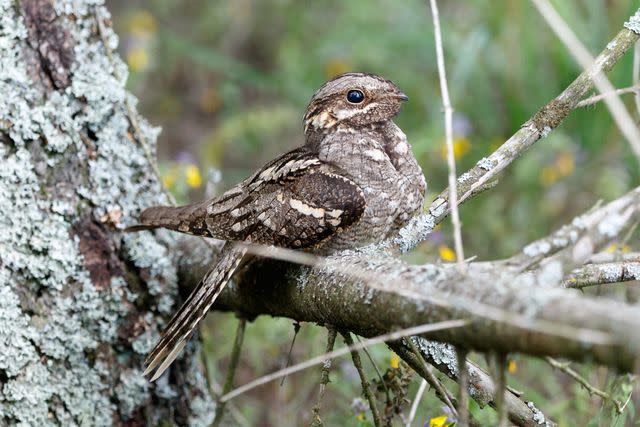
Vassiliy Vishnevskiy / Getty Images
The Eurasian nightjar (Caprimulgus europaeus Linnaeus) is an iconic voice of summer evenings across much of Europe, North Africa, and Asia. It actually uses its wide mouth to eat insects and to sing—mostly around dusk and dawn but sometimes also overnight. The word "nightjar" refers to the male's loud, jarring or churring call, which can contain as many as 1,900 individual notes per minute.
Like whip-poor-wills and other nightjars, it's in the order Caprimulgiformes, derived from the Latin word for "goat sucker." An ancient (and false) myth suggested nightjars stole goat milk at night. The belief apparently came from the birds' wide mouths and habit of feeding near grazing animals.
Black Rail
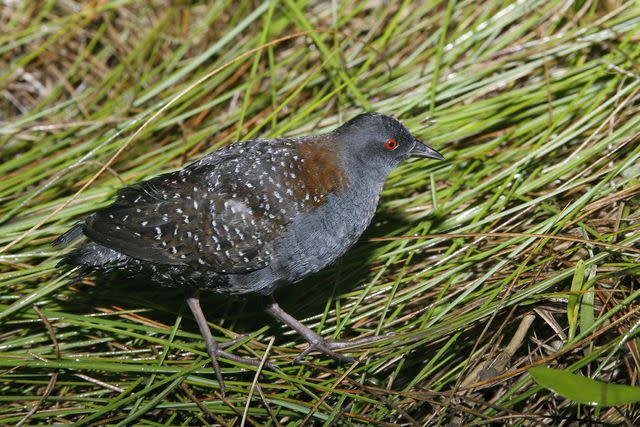
AGAMI stock / Getty Images
About the size of a mouse, the tiny black rail (Laterallus jamaicensis) lives in coastal marshes in scattered parts of the Americas, with populations clustered in California, the U.S. Gulf Coast, the Caribbean, and Chile. It's secretive and rarely seen but often heard late at night with a piping ki-ki-doo call.
Rails are a diverse family of ground-dwelling birds native to a variety of habitats on every continent but Antarctica. Many species seek refuge in marshes or forests with dense vegetation, including some known for distinctive nocturnal noises.
Why Do Birds Sing at Night?
While bird songs may sound like pure expressions of joy, they serve practical purposes—primarily protection, mating, or food-seeking. Nocturnal birds sing at night just because that's when they're awake, but diurnal birds are becoming increasingly vocal after dark for a variety of not-so-hopeful reasons.
Firstly, light pollution has thrown off their circadian rhythms, fooling them into thinking it's dawn or dusk (prime singing time for a diurnal bird). Secondly, experts say noise pollution during the day is forcing diurnal birds to get their singing time in at night, when it's quiet. Also, in areas where nocturnal birds are common, diurnal birds might wake in the night and respond to their singing.

